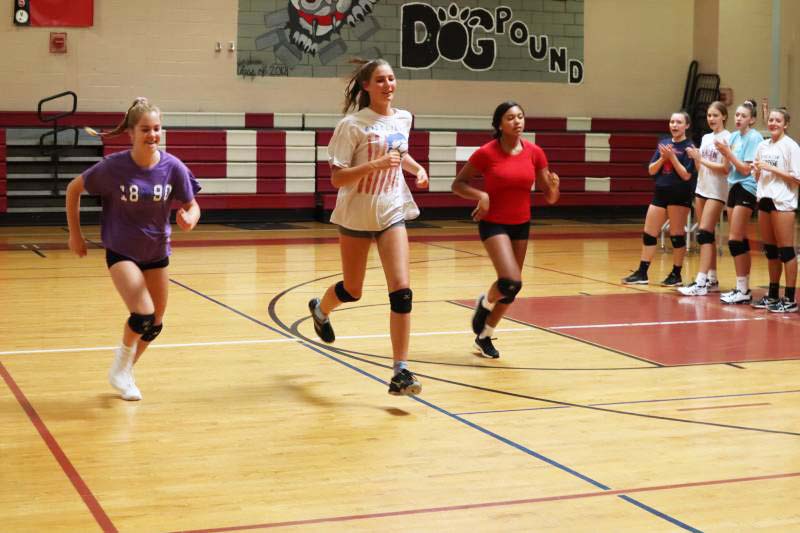ORR athletic director deciding how to handle new state regulations
In part, it’s because the Aug. 13 guidelines from the Massachusetts Executive Office of Energy and Environmental Affairs are just the first in a series of guidelines that will need to be released from the Department of Elementary and Secondary Education and the Massachusetts Interscholastic Athletic Association before coaches and directors get them in their final form.
After an initial review, Tilden said he was sure the 13 pages of regulations would impact his programs, but he wasn’t entirely sure how.
However, he did say it would impact “pretty much every one of the fall sports, except golf,” and the school is “probably going to lose a bunch of sports.”
He planned to attend a meeting on the morning of Aug. 14 to learn and discuss more on the issue.
The Office of Energy and Environmental Affairs divided sports into three categories: lower risk sports that can be performed with no contact, moderate risk sports with occasional contact, and higher risk sports, where contact and respiratory droplets passing between players are likely.
Of the ORR fall sports, golf and cross country are lower risk, soccer, field hockey, volleyball and dance moderate risk, and football is higher risk.
The risk level for unified basketball, which has different rules for special needs athletes, was not clear, but normal basketball was considered high risk.
Tilden commented on volleyball as one example, saying “I don’t know how to keep people six feet apart on a volleyball court,” especially when players are bunched up at the net.
The state also set levels for different activities associated with sports. Level one includes socially distanced or solitary workouts, level two is practicing, level three is games, races or matches and level four is tournaments.
Lower risk sports are allowed to do all four levels when the sports season starts. Moderate and higher risk teams are only allowed to do level one activities, unless they take special precautions.
These precautions include social distancing, practicing or playing outdoors, shorter games, reducing shared equipment, forbidding deliberate contact and only permitting intermittent contact (such as face-offs) with masks. Players must also train in groups of 10, at least 14 feet apart.
During games, there can be no more than 25 athletes on a surface and no more than 50 people total in attendance to watch.












